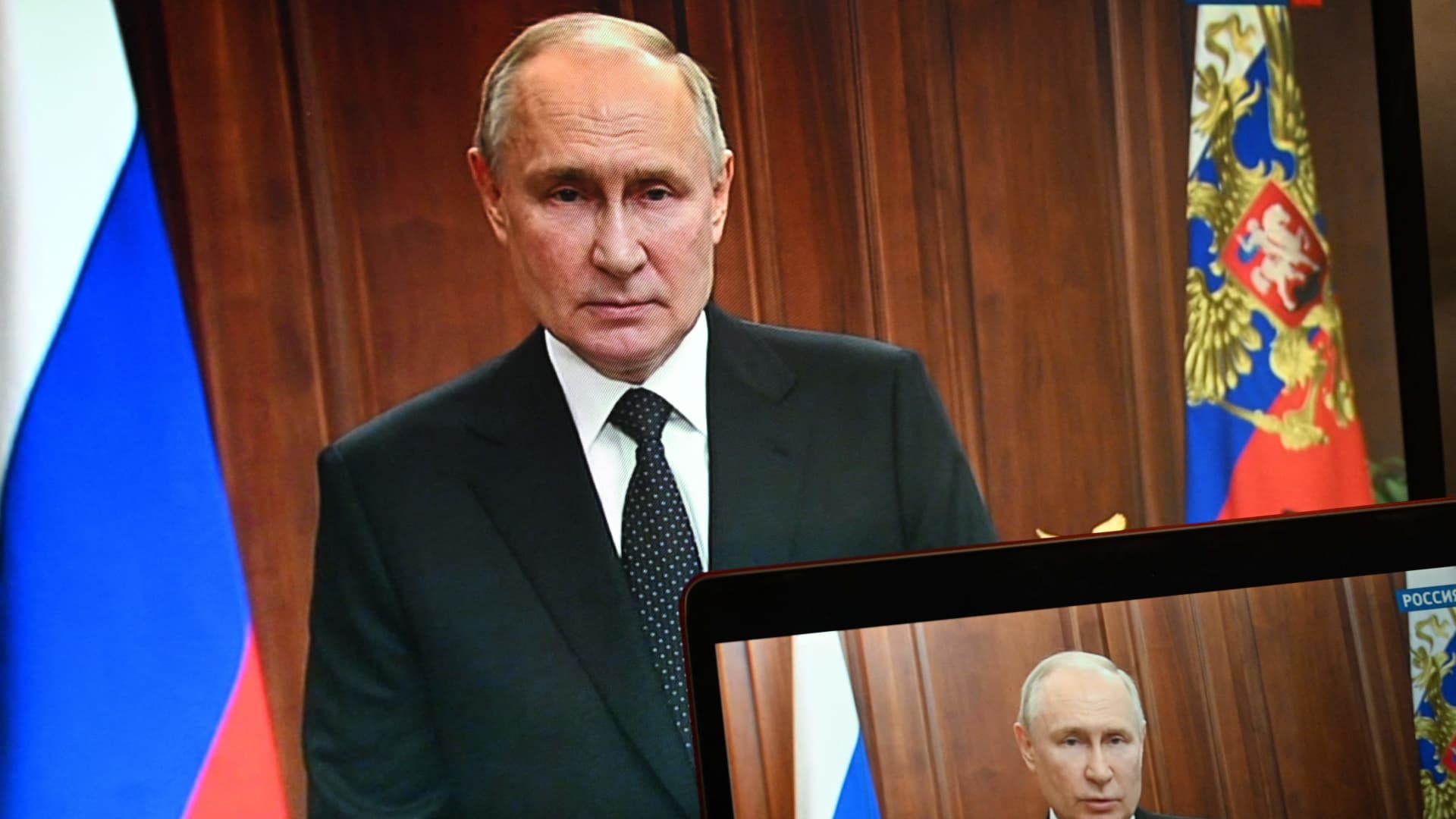By Denver Mayor Michael B. Hancock & Cincinnati Mayor John Cranley
As we approach President Biden’s 100th day in office, the challenges still facing the nation are stark: over 550,000 coronavirus deaths, 100,000 small businesses shuttered, 10 million unemployed and a national reckoning on racial injustice — all on a planet destabilized by climate change. As more Americans get vaccinated, there is a budding sense of optimism, but it is clear that a true recovery will require an economy that is stronger than before — one that is more competitive, equitable, and better for our planet.
Cities like Denver and Cincinnati are on the frontlines of these challenges. Our residents are feeling the health and economic effects of COVID-19, particularly our communities of color. City governments are also feeling the pain of deep budgetary cuts and increasing climate-related disasters each year.
The Biden-Harris Administration and Congress have taken a strong first step by passing the American Recovery Act. Next, Washington must shift its attention to infrastructure, where we are presented with a unique opportunity to not just stem the pain, but to make real strides toward building back better.
A recent report from Bloomberg Philanthropies and RMI found that placing local governments at the center of our recovery gives the nation the best chance of creating the change we need for our climate and economy. President Biden’s proposed $2 trillion infrastructure plan can be the catalyst that puts cities at the heart of the recovery. Now, it’s on Congress to act.
Why cities?
Time and again, cities have proven they can get the job done. Nearly three-quarters of Americans trust their local governments. The pandemic is disproportionately affecting cities and our most disadvantaged communities within them. It therefore follows that we need to invest the most in these communities if we want to see the strongest recovery. Finally, cities are highly effective at putting economic recovery dollars to use, particularly when it comes to job creation and driving innovation. We are willing to experiment and take calculated risks to the benefit of other cities and the country writ large.
What do mayors need?
First, we need the federal government and state governments to partner with us. Denver’s From Forests to Faucets program is a great example. After two wildfires led to more than $27 million in repairs, our water utility, Denver Water, launched a partnership with the U.S. Forest Service, the Colorado State Forest Service, and the Natural Resources Conservation Service to restore and protect more than 140,000 acres of surrounding watershed and forestland. Investing in this green infrastructure reduces costs and enhances our resilience against future wildfires, insects, and diseases.
But if partnering is not possible, at the very least, state and federal governments should not stand in our way. In the case of building energy and emissions codes, for instance, state and federal policies preempt cities from taking critical action. Cities need the power to mandate change instead of just incentivizing it, and state and federal governments must encourage higher levels of ambition from cities, not thwart it.
Second, we must redirect infrastructure spending to support regions and people that have been historically overlooked, as mayors called for in the proposed Marshall Plan for Middle America. Misdirected funds are a major barrier for our transportation systems. In the recently extended FAST Act, 80 percent of federal transportation funding goes toward roads and interstates, with just 17 percent for public transit and 2 percent for projects that support walking and biking. We need to flip that on its head. Every $1 invested in public transportation, upon which lower-income Americans and essential workers are especially dependent, generates $4 of additional economic activity and creates 70 percent more jobs than spending on new or expanded roads.
In Cincinnati, voters recently passed an innovative levy that will provide an additional $130 million a year for the city’s bus network. We hope Secretary Buttigieg, as a former mayor himself, will consider how this funding could be reallocated to support underserved communities.
Third, we must reform our energy markets. Renewable energy procurement by cities nearly tripled after President Trump took office. In Cincinnati, we are constructing the largest municipal solar farm in the country—a major step toward our 100 percent renewable energy goal and a driver of new, green jobs. In Denver, voters approved a 0.25 percent sales tax that will raise up to $40 million per year to invest in renewable energy and other climate and resiliency projects, with at least 50 percent of the funding directed toward at-risk low-income neighborhoods and communities of color.
While renewables are now our cheapest source of power, they are also constrained by outdated policies and regulation. Instead of leaving cities to find creative workarounds, the federal government can scrap rules designed to disadvantage clean energy, require monopoly utilities to pursue all-source procurement, and provide more regulatory certainty for transmission investments.
These are only some of the creative solutions mayors across the country are coming up with to move the needle in the absence of strong federal support. Now is the time for the administration and Congress to partner with us so that, together, we can heal our communities, rebuild our economy, and address the inequities plaguing our country. A national infrastructure and economic recovery program guided by local needs is our best down payment on a brighter future. We do not have a minute to wait.
For more information on this topic, check out RMI’s and Bloomberg Philanthropies’ report Coming Back Stronger: A City-Driven Infrastructure Agenda for a Cleaner, More Resilient, More Equitable America.
Article courtesy of RMI.


